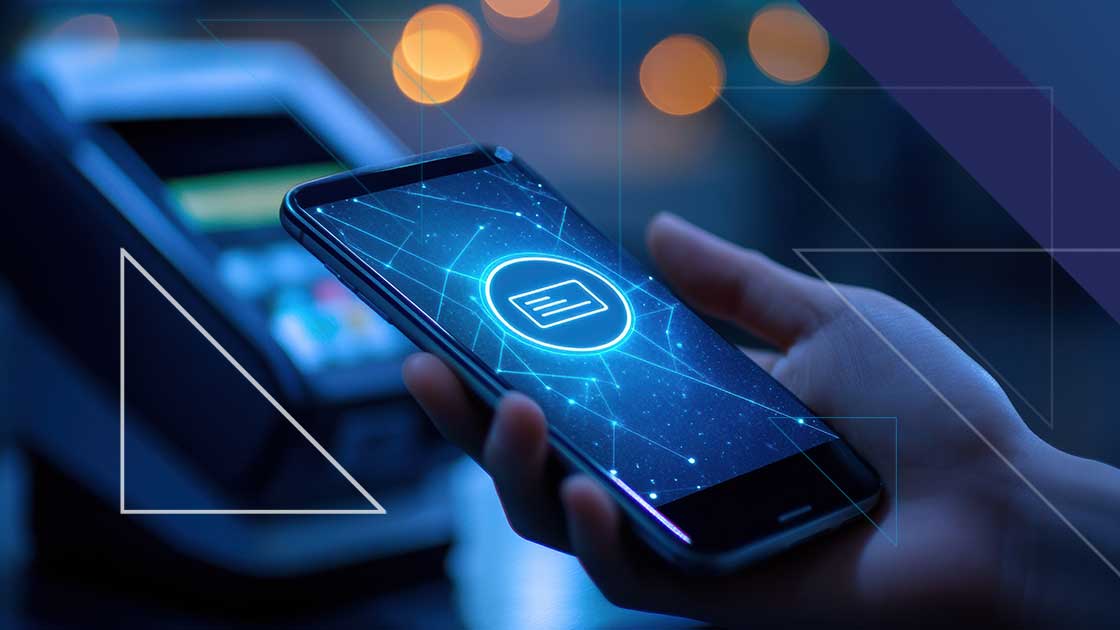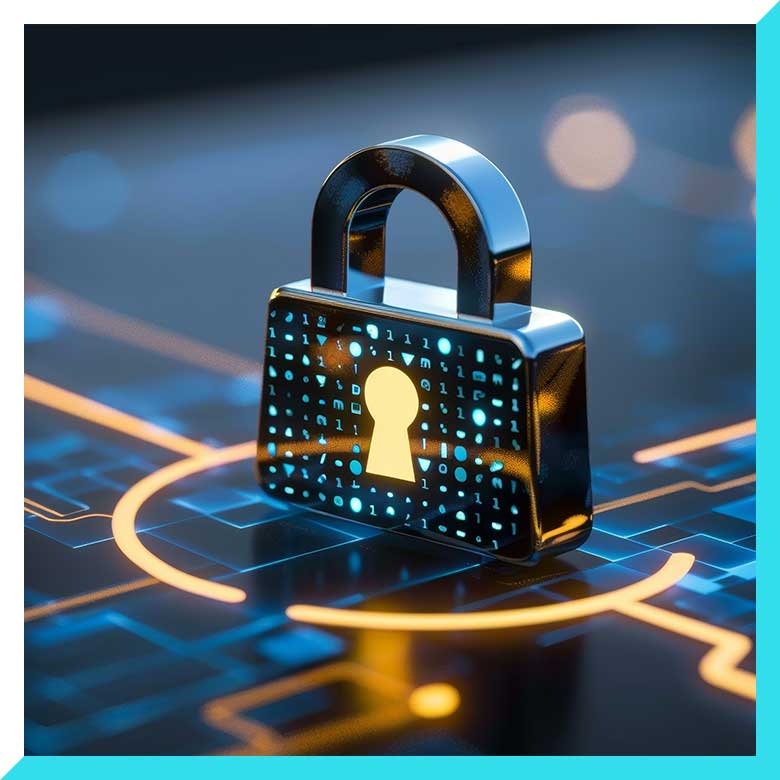Key Takeaways
- Payment modernization is the strategic overhaul of legacy payment systems using technologies like APIs, cloud infrastructure, and real-time rails.
- Modernization enables 24/7 availability, global interoperability, and embedded finance support.
- Urgency is rising due to consumer expectations, outdated infrastructure, stricter compliance standards, and fintech competition.
- Key challenges include cost, reliance on legacy rails, and institutional inertia.
- Organizations can modernize in five steps: embrace cloud-native design, enable secure real-time data capture, deploy vaultless tokenization, leverage payment orchestration, and embed end-to-end security.
- Bluefin’s ShieldConex®, P2PE, and orchestration solutions help businesses modernize securely and efficiently.
What is Payment Modernization?
Payment modernization refers to the comprehensive upgrade of traditional payment systems with advanced technologies and infrastructures. It goes beyond replacing outdated tools, transforming payments into a strategic enabler of growth, security, and customer experience.
Modernization typically involves:
- Real-time payment rails that allow transactions 24/7.
- Cloud-native architectures that scale with business needs.
- API-driven connectivity for rapid integrations with partners.
- ISO 20022 standards that enrich payment data and improve interoperability.
- AI-driven analytics for fraud prevention and business insights.
The market opportunity is immense: the global digital payments market is projected to reach $14.78 trillion by 2027, fueled by e-commerce and mobile adoption. And within modernization, payment orchestration is emerging as a key innovation — unifying multiple gateways and providers into a single intelligent platform to maximize efficiency, security, and flexibility.
Why Payments Modernization Is Urgent
Rising Customer Expectations & Competitive Pressure
Consumers expect instant, seamless, and secure payment experiences. Fintechs and orchestration-powered platforms are already delivering this, leaving legacy infrastructure behind.
Legacy Systems Limit Innovation & Security
Outdated payment technology slows the adoption of modern features like real-time APIs, fraud tools, and cloud workflows. This creates inefficiencies and greater security risks.
Regulatory & Compliance Expectations Are Escalating
With standards like PCI DSS 4.0 requiring stronger encryption and tokenization, institutions must modernize to remain compliant. Bluefin’s ShieldConex® platform helps by offering vaultless tokenization that reduces PCI scope while securing sensitive data like PAN, PII, and PHI.
What Modernization Enables
By modernizing, organizations build a future-ready infrastructure. Payment orchestration, for instance, delivers unified processing, flexibility to switch providers, and advanced fraud defenses.
Challenges to Modernizing Payment Systems
1. Cost and Legacy Anchors
Switching from legacy systems involves upfront investment, staff retraining, and operational disruptions — making it a difficult transition.
2. Complex Access to Core Payment Rails
Nonbank institutions often lack direct access to payment rails, slowing innovation and increasing dependence on banks.
3. Institutional Inertia in Prioritizing Payments
Risk-averse cultures and reliance on legacy revenue streams often deprioritize modernization, even as fintech competitors move faster.
5 Steps to Modernize Payments
1. Embrace Cloud-Native, API-First Design
Cloud platforms reduce overhead and enable frictionless integrations with fintechs and embedded payments.
- Bluefin delivers modular, cloud-based platforms like ShieldConex® and PayConex™.
- Bluefin’s open API ecosystem connects payments with loyalty, inventory, and other business systems.
2. Enable Secure Real-Time Data Capture
Modernization requires the ability to process and secure data in real time.
- Bluefin encrypts data at the point of interaction, minimizing risks.
- PCI-validated Point-to-Point Encryption (P2PE) reduces scope and simplifies audits.
3. Deploy Vaultless Tokenization at the Edge
Protecting sensitive data at ingestion is essential to reducing risk.
- Bluefin’s ShieldConex® vaultless tokenization devalues sensitive data immediately.
- Tokenization also reduces PCI scope and helps protect against breaches — critical as more than 50% of data breaches in 2023 involved compromised PII.
4. Secure with Tokenization & Encryption
Organizations need layered protections to stay resilient.
- ShieldConex® reduces PCI scope while securing data across channels.
- Payment orchestration enables smart routing and multi-provider flexibility.
- By 2025, 62% of merchants prefer working with multiple providers (up from 50% in 2023), underscoring orchestration’s role.
5. Embed End-to-End Security Controls
Payments must run 24/7 on rails like FedNow and RTP — but with built-in protection.
- Bluefin’s full-stack security integrates tokenization and P2PE across channels.
- Orchestration also includes risk monitoring and fraud filtering.
Elevate Your Modernization with Bluefin
Modernizing payments isn’t just about keeping up; it’s about building resilience, efficiency, and trust. Bluefin’s suite of solutions, including ShieldConex® tokenization, PCI-validated P2PE, and payment orchestration, provide the technology and security foundation organizations need.
Ready to modernize? Discover how Bluefin future-proofs your payments.
Payment Success Rates FAQ
What is Payment Orchestration vs. Modernization?
Payment orchestration is a component of modernization, focused on connecting multiple gateways and providers through one platform. Modernization encompasses orchestration plus upgrades in security, compliance, and infrastructure.
How Does Tokenization Reduce PCI Compliance Scope?
Tokenization replaces sensitive data with non-sensitive tokens, meaning organizations store and process fewer cardholder details — reducing PCI DSS requirements and audit costs.
What is the Role of Real-Time Payment Rails?
Rails like FedNow and RTP enable instant, 24/7 payments, meeting consumer expectations and supporting embedded finance use cases.
How does ISO 20022 Enhance Interoperability?
ISO 20022 creates a data-rich standard that improves transparency, interoperability, and automation across global payment networks.








